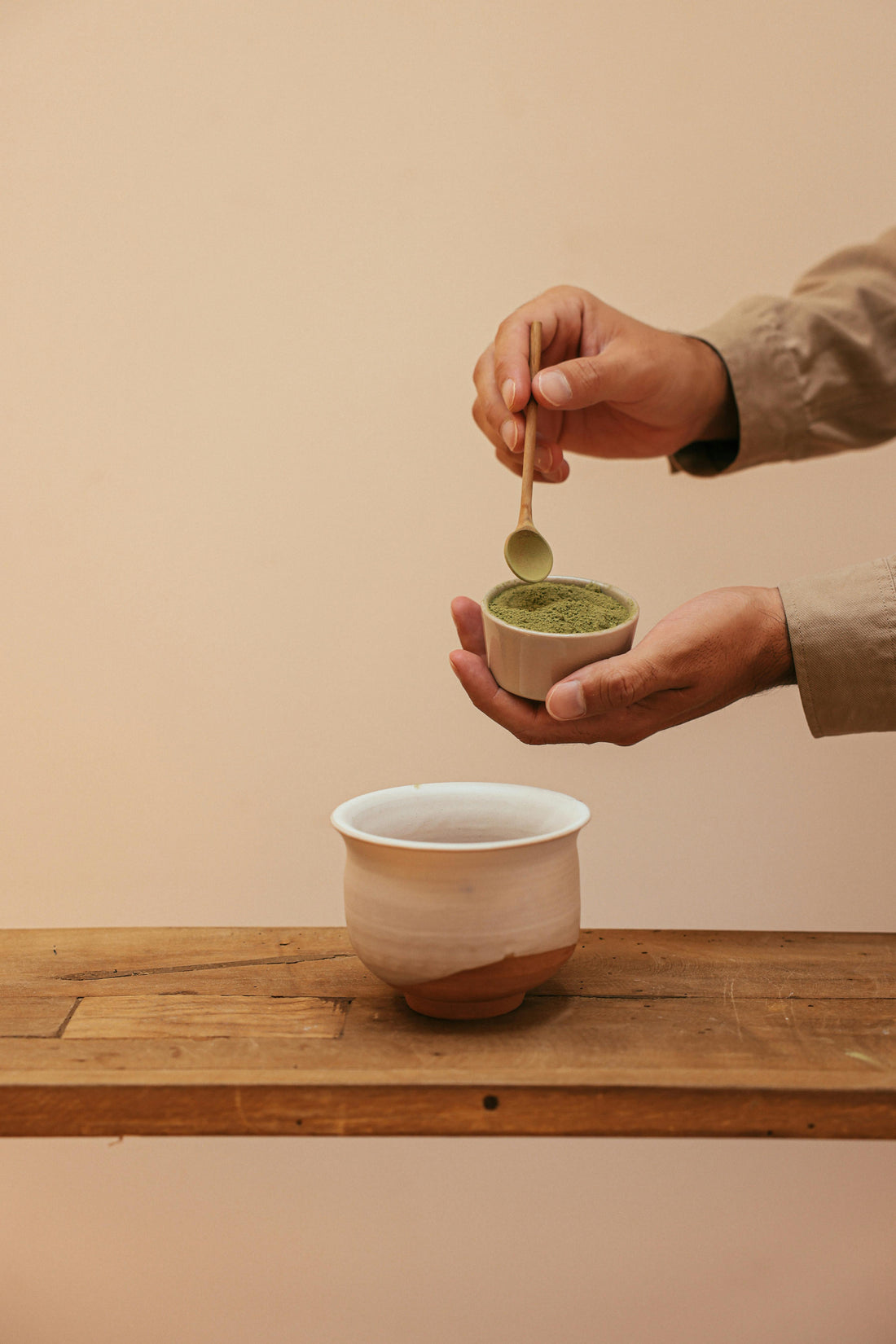
The Natural Power of Henna: Benefits for Your Hair
Share
Henna, a time-honored tradition in many cultures, is not only used to create beautiful designs but is also an incredible natural treatment for hair. Known for its ability to strengthen, condition, and add shine, Henna has been trusted for centuries as a powerful hair care remedy. Whether you’re looking to enhance the health of your hair or naturally color it, Henna is a versatile herb that offers numerous benefits. Let's explore how Henna can transform your hair, how to apply it, and the best ways to maximize its effects.
The Benefits of Henna for Hair
-
Natural Conditioner
Henna acts as a deep conditioner, leaving your hair feeling soft, smooth, and manageable. It helps seal the hair cuticle, reducing frizz and increasing shine, while nourishing your scalp to prevent dryness and dandruff. -
Strengthens Hair
Rich in antioxidants and tannins, Henna strengthens hair follicles and boosts hair elasticity, reducing breakage and split ends. Regular use can result in stronger, more resilient hair that grows faster and healthier. -
Promotes Hair Growth
Henna improves blood circulation to the scalp, encouraging the growth of thicker, healthier hair. By balancing the scalp’s pH and oil production, it creates an optimal environment for hair growth. -
Natural Hair Dye
One of the most popular uses of Henna is its ability to naturally dye hair, imparting a rich reddish-brown hue without the use of harmful chemicals. It’s a safe alternative to synthetic dyes and can be used to cover greys or add subtle, warm highlights to your hair. -
Reduces Dandruff and Scalp Irritation
Henna’s antifungal and antimicrobial properties help soothe scalp irritation and reduce dandruff. Regular Henna treatments can keep your scalp healthy and free from infections, promoting overall hair health.
How Often Should You Apply Henna?
To maintain healthy, conditioned hair, applying Henna every 4 to 6 weeks is ideal. However, this can vary based on your hair type and goals:
- For Hair Strengthening: A monthly Henna treatment will help you keep your hair strong and shiny.
- For Coloring: If you're using Henna primarily for hair dyeing, you may want to reapply it every 4 to 8 weeks, depending on how quickly your hair grows and how deep you want the color.
- For Scalp Health: If you’re using Henna for dandruff or scalp issues, you can apply it once every 3 to 4 weeks.
Hair Types That Benefit Most from Henna
Henna is suitable for a variety of hair types, but it works best on:
- Oily Hair: Henna helps balance excess oil on the scalp and hair, leaving it feeling fresh and clean.
- Thick, Coarse Hair: Henna adds softness and shine to thicker, coarser textures, helping to tame frizz and add manageability.
- Damaged or Dry Hair: Henna provides deep conditioning and moisture, making it ideal for hair that is brittle, dry, or prone to breakage.
If you have fine or light-colored hair, you can still use Henna, but keep in mind that the color might be more intense on lighter hair.
Best Ways to Prepare Henna for Hair
For the best results, it's essential to properly prepare Henna before applying it to your hair. Here's a simple and effective Henna hair mask recipe:
Basic Henna Hair Mask Recipe:
- Henna Powder: Use 100% pure Henna powder for the best results.
- Water or Herbal Tea: Mix the Henna with warm water or herbal tea (like chamomile or green tea) to form a smooth paste. Let the mixture sit for 4 to 8 hours to allow the dye to release.
- Add a Moisturizing Agent: Add a tablespoon of olive oil, coconut oil, or yogurt to the mixture to provide extra conditioning and moisture.
- Lemon Juice: For enhanced color, add a few drops of lemon juice. It helps release the Henna dye, giving you a richer, deeper color.
Ingredients to Add for Better Results
To customize your Henna treatment for specific hair goals, you can add various natural ingredients:
- Aloe Vera Gel: For extra hydration and to soothe the scalp, mix in some aloe vera gel.
- Amla Powder: For added volume and shine, amla (Indian gooseberry) powder is an excellent addition. It also enhances Henna’s ability to darken the hair.
- Brahmi or Bhringraj Powder: For promoting hair growth and preventing premature greying, these Ayurvedic herbs work beautifully alongside Henna.
- Honey: If you want a bit of extra moisture and softness, adding honey can help keep hair hydrated during the Henna treatment.
How to Apply Henna to Your Hair
- Section Your Hair: Divide your hair into small sections to ensure even coverage.
- Apply the Henna Paste: Starting at the roots, apply the Henna paste with a brush or gloved hands, covering your hair from roots to tips.
- Wrap Your Hair: Once your hair is fully covered, wrap it in a shower cap or plastic wrap to retain moisture and heat, which helps the Henna absorb.
- Leave It On: Let the Henna sit for 2 to 4 hours, depending on your desired color and treatment.
- Rinse Thoroughly: Rinse your hair with water (no shampoo) until the water runs clear. Condition your hair afterward to lock in moisture.
